60 F. high in St. Cloud Saturday.
62 F. average high on April 25.
62 F. high on April 25, 2014.
April 25, 1996:
Heavy snow over northern Minnesota. 10 inches of snow at Baudette. The
International Falls airport closed for only the second time in history.
Slightly Windblown
April
is, historically, the windiest month of the year for most Minnesota
communities. According to climate historian Mark Seeley April 2015 has
been particularly breezy: at least 9 days in the Twin Cities with winds
gusting over 30 mph.
What does it mean? I'm not convinced we can
read too much into this. Evidence of climate volatility or weather
whiplash? Not necessarily.
The greater the swings in temperature
the faster winds have to blow to keep the atmosphere in a state of
equilibrium. We've seen sharp frontal passages, thus the uptick in wind
speed.
The transition from winter to summer is always awkward,
sometimes violent. As eager as we are for 80s and sticky, lake-worthy
humidity levels, I'm not looking forward to curling up with a hot
Doppler and tracking severe storms.
This is the calm before the (inevitable) storm.
Our
big weather story: a warming trend is imminent. 60s give way to
late-week 70s. The mercury may brush 80F next weekend before a cooler
front sparks heavier rain early next week. A shower is possible Tuesday;
heavier T-storms Friday & Saturday as warm, sticky air surges
north. The atmosphere is shifting gears. Spring is finally here. No,
really!
Progress.
The fact that I'm now highlighting 70s and 80s means temperatures are
(finally) lurching in the right direction. A good-looking week is
shaping up as temperatures mellow; a few showers Tuesday with a better
chance of T-storms Friday and Saturday as a surge of warmth pushes
north. European guidance suggests heavier rain and strong T-storms early
next week. Source: Weatherspark.
Jet Stream Buckles Into A Warm Ridge.
Longer-range GFS guidance from NOAA shows a tongue of warm air pushing
north as the week goes on, the best chance of 70s and even low 80s next
weekend. Meanwhile unusually chilly weather lingers over New England.
Source:
AerisWeather.
Windy April. Here's an excerpt from this week's edition of
Minnesota WeatherTalk, courtesy of Mark Seeley (who has a new book out on Minnesota weather and climate). "
As
we have reported before, April is generally the windiest month of the
year based on climate history from most Minnesota communities. But,
April of this year has been particularly windy, with average wind speeds
above the historical average, as well as a high frequency of wind gusts
over 30 mph. Here is a list of average wind speeds and frequency of
gusts over 30 mph for selected cities across the state:
Location Ave Wind Speed for April 2015 Number of days wind has gusted above 30mphMSP 12.3 mph 9 days (peak of 46 mph on the 2nd)
Rochester 14.4 mph 14 days (peak of 47 mph on the 1st)
St Cloud 11.5 mph 8 days (peak of 49 mph on the 2nd)
Tornado-Free U.S. Zip Codes Since 1950 On One Cool Map. Here's an excerpt of an interesting article at
weather.com, although as financial planners like to say, past performance is not an indicator of future returns: "
Jordan Tessler,
a geographer/amateur meteorologist in the Baltimore/Washington, D.C.
area, tweeted the interesting map you see above, showing the U.S. ZIP
codes without a confirmed tornado from 1950-2013, using data from NOAA's
Storm Prediction Center. There are a couple of caveats. The map does
not imply the areas in green above have never seen a tornado, since it
dates to only 1950. In decades past, some tornadoes in areas of lower
population have gone undetected. Today, advanced radar technology,
smartphones, social media and dense spotter networks make it
increasingly rare a tornado is not documented..."
Map credit above: "
Zip codes in the Lower 48 states without a confirmed tornado from 1950-2013, shaded in green." (Jordan Tessler/@TerpWeather).
Tornadoes By Zip Code.
The University of Michigan has a pretty cool tool that allows you to plug in a zip code to find all the tornadoes that have passed nearby. Worth a look.

May 6, 1965 Super-Outbreak In The Twin Cities.
The local Twin Cities National Weather Service has a link to a page
with more details of the remarkable tornado outbreak of 1965. There
hasn't been anything like it since, which has created a misleading sense
of apathy among some local residents. "Big tornadoes can't hit here -
it's too urban, too built-up". That's simply not the case. A large
tornado has warm, moist inflow from a 20 mile radius. A few parking lots
and high-rise buildings won't slow it down. Here's an excerpt from a
good
NWS summary: "
The
worst tornadoes in Twin Cities history occurred in 1965, with five
tornadoes sweeping across the western and northern portions of the
7-county region, and a sixth tornado just outside the metropolitan area.
Four tornadoes were rated F4, one was an F3, and the other produced F2
damage. Thirteen people were killed and 683 injured. Many more would
have been killed had it not been for the warnings of the U.S. Weather
Bureau, local officials, and the outstanding communications by local
radio and television stations. Many credit the announcers of WCCO-AM
with saving countless lives. It was also the first time in Twin Cities
history that civil defense sirens were used for severe weather..."
Photo credit above: "An areal view of the destruction along Louisa Drive in Mounds View." Picture courtesy of the Minnesota Historical Society, Photograph Collection.
How Alabama Made Tornado Helmets a Standard for Protection.
My first choice is a form-fitted concrete-reinforced, form-fitted body
cast that's bolted to the floor. My second choice would be a helmet, for
a variety of good reasons.
AL.com is doing some terrific reporting on what is considered state of the art; here's an excerpt: "...
Earlier, AL.com,
using the analysis of the UAB Injury Control Research Center that the
best helmets for protection would be those that offer head, neck and
face protection, listed the top helmets for protection:
1)
An American Motorcycle Association-approved helmet with a full face
shield providing head and neck protection is the top helmet and is
easily accessible. But a good motorcycle helmet can cost many hundreds
of dollars.
2) Football helmet. A football helmet is
designed to protect the head and face, including the sides of the head.
It should be one approved for full contact. A good football helmet can
cost more than $200..."
Photo credit above: "
Motorcycle
helmets with face guards offer best protection like this one. Mike
Culberson credits this helmet with preventing injury, if not saving his
life, when his home roof collapsed during tornado in Fultondale, Ala.,
on April 27, 2011." (Special/Michael Culberson).
Special Report: Are Tornado Sirens Outdated Technology? The short answer is yes. Here's a snippet from a story at
wsaw.com: "...
And
the Langlade County Emergency Manager, Brad Henricks agrees. Because he
said tornado sirens are not as reliable as you may think. “To mention
if you can even hear it at 2 a.m. in the morning when severe weather
approaches. Second problem, the sirens don't tell you exactly what the
threat is, there are better ways to get informed,” said Henricks. He
said a new technology called a “Wireless Alert System” on your cell
phone could be even more effective. That system sends important messages
through your cell phone. It's geographic specific. So if you are from
Las Vegas visiting Wisconsin and if the activity is in range of your
phone, you'll get a text message..."
Scientists Find Missing Link in Yellowstone Plumbing: This Giant Volcano Is Very Much Alive.
To paraphrase George Carlin, don't sweat the thundershowers. And forget
warming, if this baby goes of we're talking nuclear winter for an
extended stretch. Pray we don't start issuing updates on Yellowstone
anytime soon. Here's a clip from
The Washington Post: "
Yellowstone
National Park is the home of one of the world's largest volcanoes, one
that is quiescent for the moment but is capable of erupting with
catastrophic violence at a scale never before witnessed by human beings.
In a big eruption, Yellowstone would eject 1,000 times as much material
as the 1980 Mount St. Helens eruption. This would be a disaster felt on
a global scale, which is why scientists are looking at this thing
closely..."
Photo credit above: "
The
gorgeous colors of Yellowstone’s Grand Prismatic hot spring are among
the national park’s myriad hydrothermal features created by the
Yellowstone super-volcano. A new University of Utah study reports
discovery of a huge magma reservoir beneath Yellowstone’s previously
known magma chamber." (“Windows into the Earth,” Robert B. Smith and Lee J. Siegel).
The Army Is Testing Handheld Ray Guns.
What was once science fiction is now scientific reality. Pretty
amazing, and this new breakthrough makes your Taser look like a toy.
Here's an excerpt from
DefenseOne: "...
The
military, too, has been experimenting with so-called energy weapons for
decades, including lasers. “Most of these are vehicle-towed and require
a huge power system,” Burke noted. “The antennas are sometimes seven
feet.” The Burke Pulser, meanwhile, fits onto an M4 rifle like a
standard suppressor. Burke estimates that the cost to mass-produce them
would be less than $1,000 each. What do you do with an energy gun? You
don’t shoot people. The gun is intended for use against electronics,
potentially giving dismounted soldiers an edge against the ever-wider
range electronic and cyber threats that they might face on patrol..."
Photo credit above:
U.S. Army photo by Army Staff Sgt. Scott Griffin.
Bentleys Don't Float: Exhibit A. Greg Hardy of the Cowboys got a weather lesson on Friday; here's an excerpt from USA TODAY Sports: "Dallas Cowboys defensive end Greg Hardy was suspended 10 games by the NFL, and his week keeps getting worse. Hardy was involved in a “verbal altercation”
with a teammate Friday at a Cowboys facility, and also ran into trouble
while trying to drive along a flooded road. Severe storms in the area
left thousands without power,
and many roads and highways were covered in several inches of water.
Hardy left his Bentley near Interstate 35 in Dallas, and it was later
towed away..."
TODAY: Sunny and spectacular. Winds: NE 5-10. High: 61
SUNDAY NIGHT: Clear and cool. Low: 40
MONDAY: Partly sunny and mild. High: 65
TUESDAY: More clouds, passing shower possible. Wake-up: 44. High: 63
WEDNESDAY: Lukewarm sunshine. Wake-up: 47. High: near 70
THURSDAY: Warm sun. Too nice to work. Wake-up: 52. High: 75
FRIDAY: Clouds increase, late T-storm. Wake-up: 57. High: 74
SATURDAY: Mild sun, nighttime T-storms? Wake-up: 54. High: 76
Climate Stories...

2 Degrees: The Most Important Number You've Never Heard Of. CNN has the story - here's a snippet: "...
But
here's why it matters: If we humans warm the world more than 2 degrees
Celsius (3.6 Fahrenheit), we greatly up the odds of climate
catastrophes. Think super droughts, rising seas, mass extinctions and
acidifying oceans. We don't want to cross that mark. Humans never have
lived in post-2-degree world, said Carlo Jaeger, chair of the Global
Climate Forum, based in Germany, and author of a paper on this history
of 2 degrees. "If we start warming the planet way beyond what humans
have ever experienced, God knows what will wait for us," he told me.
Good news, though. If we drastically cut carbon emissions, we can stay
below the 2-degree threshold. As part of this series, I'll be exploring
exactly what it would take to do so..."
Warming Hiatus Will Not Stop Long-Term Global Climate Change. Factoring additional heat going into the oceans there hasn't been a true hiatus in warming; here's a clip from
Sydney Morning Herald: "
A
recent hiatus in global temperature rises will not temper the ultimate
impact of climate change by the end of the century, research by
Australian climate scientists has found. In a study published in the
journal Nature Climate Change on Thursday, the researchers compared
different climate models – complex computer simulations used by
scientists to project the impact of rising atmospheric concentrations of
greenhouse gas..."
Thawing Permafrost: A Slow, Giant Carbon Release.
InsideClimate News takes a look at what may wind up being the biggest climate tipping point: "...
Kevin
Schaefer, a permafrost scientist with the National Snow and Ice Data
Center at the University of Colorado in Boulder and an author of the
article, calls the thawing of the permafrost a "true climatic tipping
point." Scientists are still trying to pinpoint when it will happen, but
Schaefer said that a likely point is around the middle of this century,
when the Arctic changes from a carbon sink to a carbon source. When
that happens, it will trigger a centuries-long, unstoppable feedback
system, in which warming will release carbon, which will trigger more
warming, which will release more carbon..."
Bob Inglis: Show Courage on Climate Change.
Yes, finding ways to grow the economy and put more people to work,
tapping more energy without relying on fossil fuels is America's Energy
Moonshot for the 21st century. Here's an excerpt of an Op-Ed from former
South Carolina (Republican) Congressman Bob Inglis at
GreenvilleOnline: "
America
has an exceptional opportunity to prove that accountable free
enterprise can solve climate change. The Great Recession dealt a blow to
our confidence, but we’re coming back. If we boldly end all subsidies
for all fuels and attach all costs to all fuels, liberty and transparent
markets will spark consumer-driven innovation. In order for America to
lead on climate change, the unconvinced need to be persuaded that
achievable solutions can be found that fit with their values. Climate
doomsayers have incanted a future full of fear. Climate naysayers have
counseled a clutch of the fuels that have worked for us in the past..." (File photo above: Richard Shiro, AP).

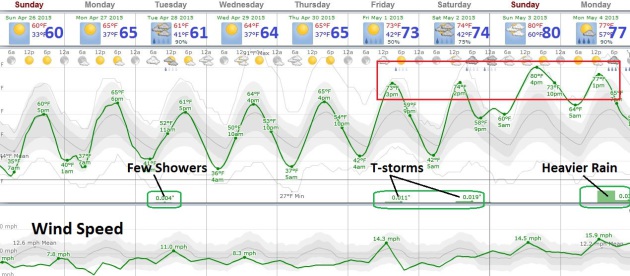


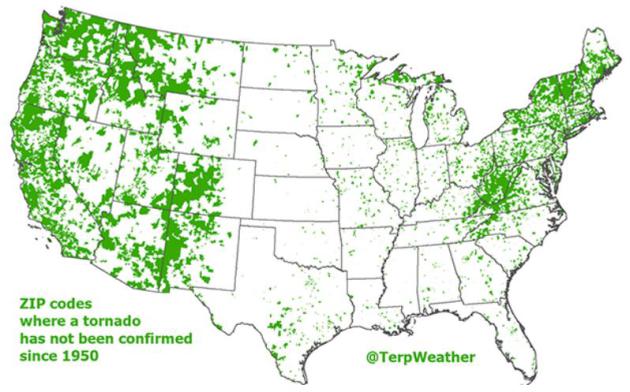

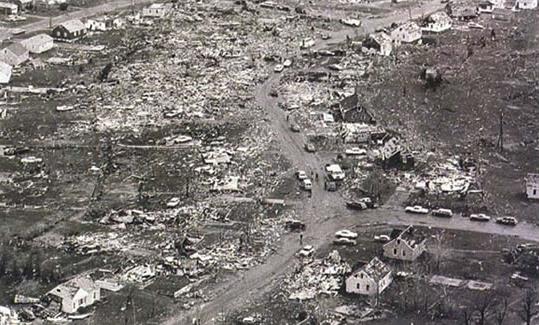
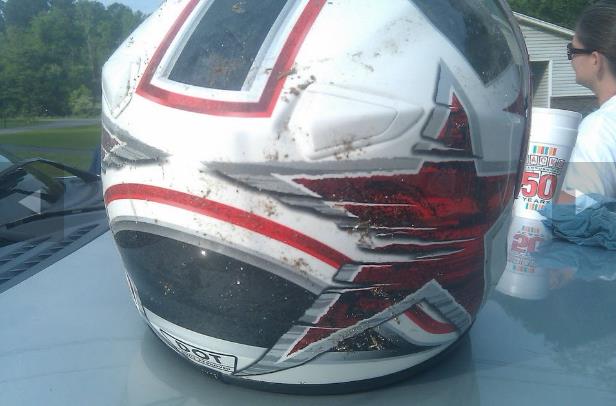

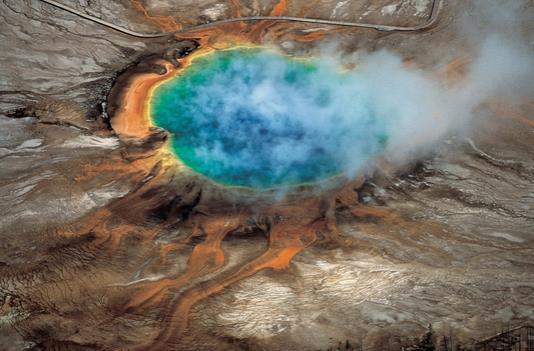
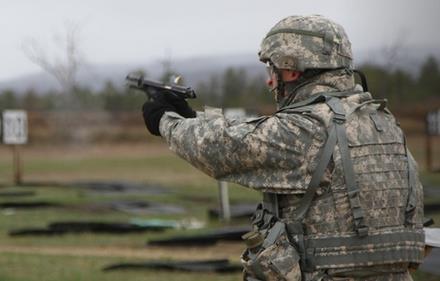

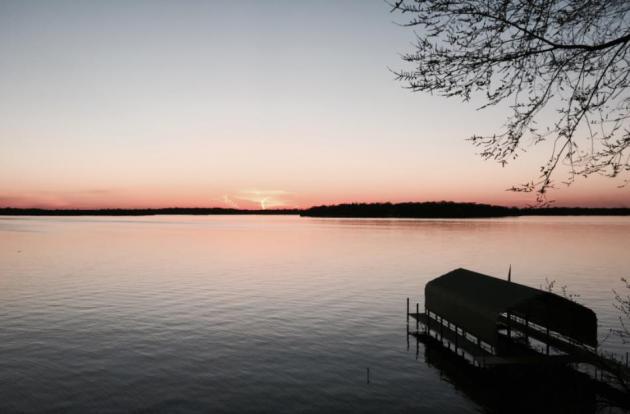
.jpg)
.jpg)


No comments:
Post a Comment